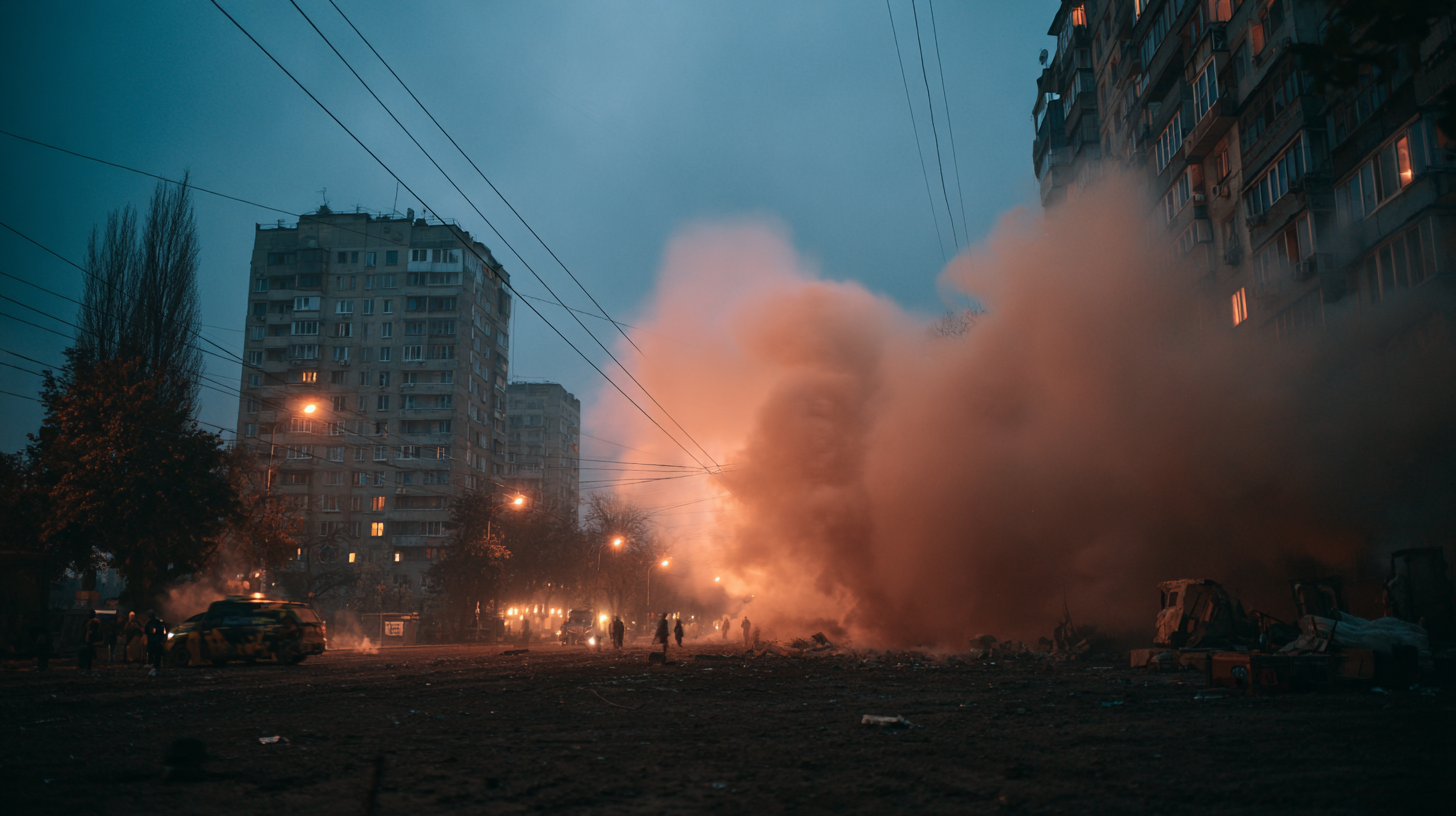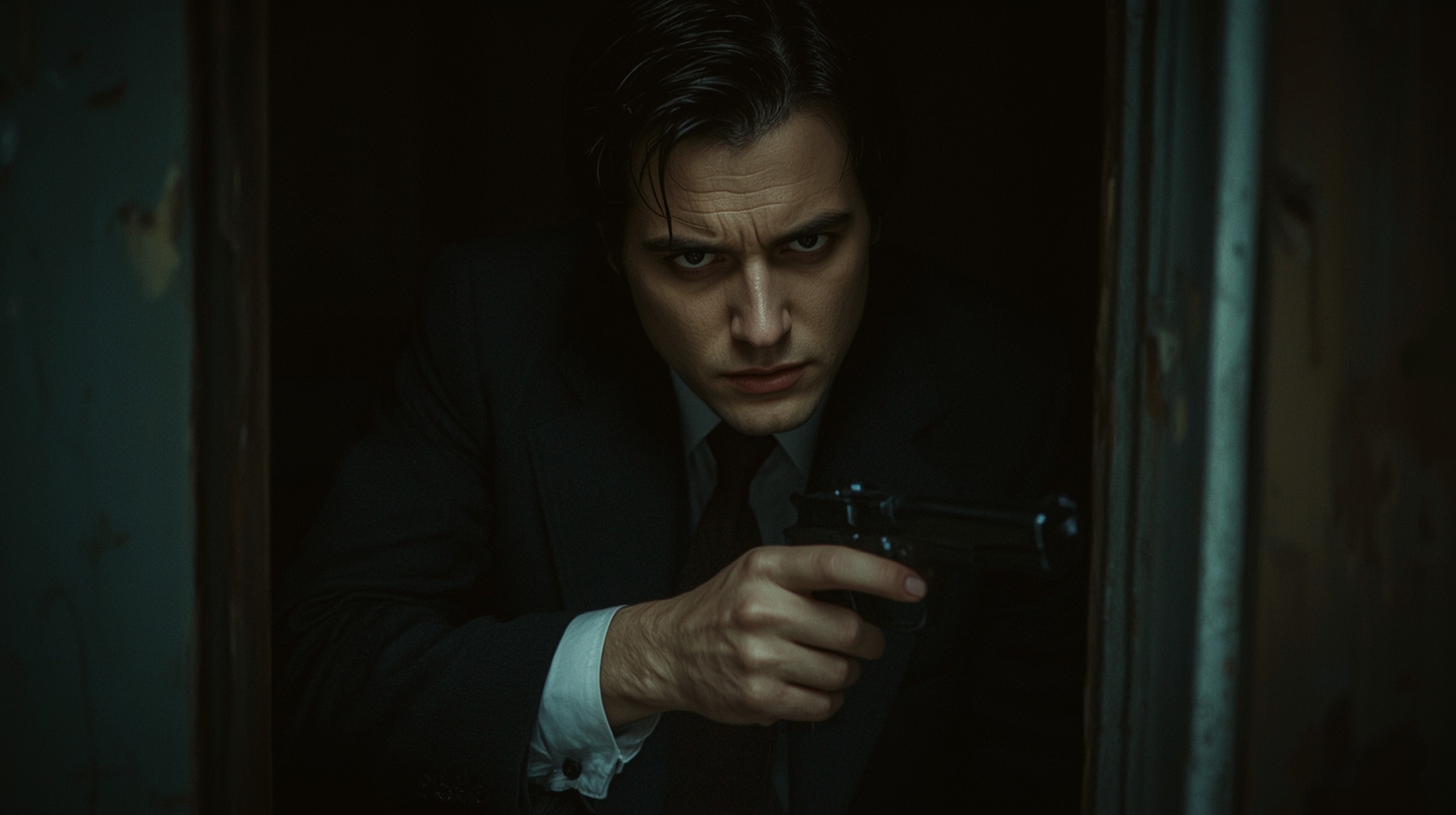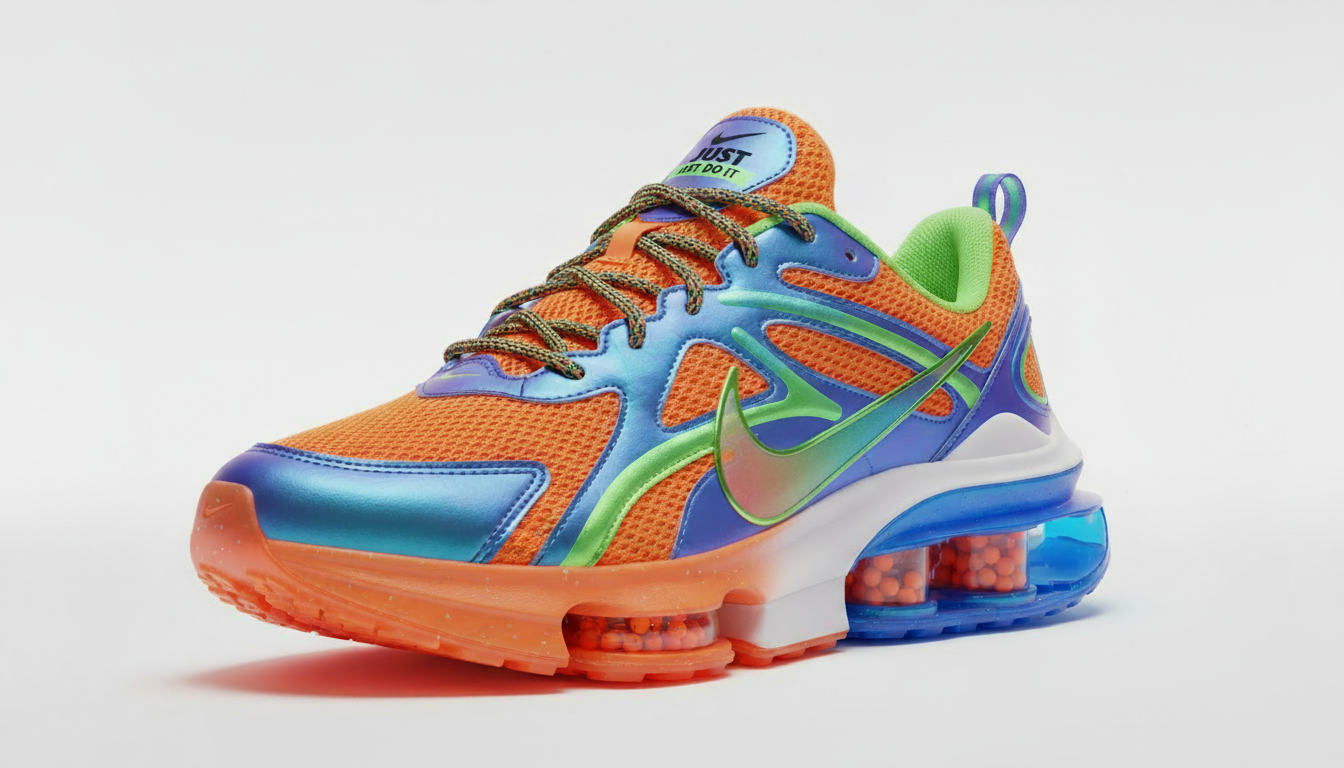
AI Image Generation Tools Compared (Tried and Tested)
After months of experimenting with the top AI image generators, here’s a real look at what each one does best, where it struggles, and how they compare in daily creative work.
Over the past year, I’ve spent countless hours testing different AI image generators partly out of curiosity, partly for work, and honestly, because it’s just fascinating to watch a prompt turn into a piece of art in seconds. The competition in this space is wild, and while all these tools promise to “turn your ideas into visuals,” they don’t all deliver the same way. Some shine in creativity, others in precision, and a few are surprisingly efficient for day-to-day content creation.
Midjourney | Artistic Brilliance at a Cost
Midjourney is the first tool that truly made me stop and stare at the screen. Its sense of composition and lighting is uncanny. You can throw vague, poetic prompts at it, and somehow it interprets them beautifully. I once tried “a dense cloud of tear gas dominates the frame, obscuring most of the scene. Only the edges of Kharkiv buildings and a few blurry silhouettes of people fleeing the affected area are visible. Documentary-style 16:9” and it nailed the atmosphere better than some professional photographers could.

The downside? It’s all done through Discord, which feels clunky for anyone who prefers a clean interface. You also don’t get the same kind of precise control you’d find elsewhere. But for artists and designers who care about mood, depth, and texture, Midjourney is still unmatched. It’s not just a generator, it’s an art partner.
DALL·E 3 | Imagination Meets Practicality
DALL·E 3 feels like the friend who’s good at following instructions to the letter. It doesn’t always produce the most “artsy” images, but when you need visuals that look clean, commercial, and polished, it performs extremely well. I use it a lot for website illustrations and social media visuals. It integrates perfectly with ChatGPT, so you can describe what you need conversationally “a woman working at a café with her laptop, minimalist style”, and within seconds, it delivers something usable.
What makes it stand out is how context-aware it has become. You can tweak details in natural language instead of retyping prompts, and it remembers context. It’s practical, fast, and great for teams that need quick visual assets without artistic guesswork.
Leonardo AI | Balance Between Quality and Control
Leonardo AI sits right in the middle between flexibility and ease. It offers a proper dashboard, batch generation, style tuning, and even a prompt history that makes your workflow smoother. I’ve used it when I needed consistent product mockups, generating multiple versions of the same design in different colors or angles, and it did that without breaking composition or lighting.
I wrote a prompt telling him to imagine a serial killer wearing a suite just like in movies using the lucid realism model.

Leonardo’s models are surprisingly adaptive, capable of both artistic work and clean product imagery. And since it supports custom training, you can even fine-tune models for a brand or specific art direction. It’s one of the few that feels built for professionals rather than just enthusiasts.
Firefly by Adobe | Built for Creators, Not Coders
Adobe Firefly deserves credit for one thing: seamless integration. If you already work in Photoshop or Illustrator, it feels natural. I tried using it for adding textures and background scenes in my design projects, and it blended them without breaking the overall tone. It also handles text effects like a pro — the kind you’d normally spend 30 minutes tweaking manually.
During my exploration, I also tested a playful idea with Google’s Nano Banana. I wrote the prompt “Create a Nike sneaker in orange and other fitting colors, just like a mockup. Give it style that Gen Z would love.” The result was surprisingly fresh, full of vibrant tones and youthful energy. What’s fascinating is how Adobe Firefly takes that same spirit of creativity even further: it gives you the artistic control to turn such prompts into polished, brand-ready visuals. Whether it’s generating mockups, dynamic product shots, or concept art, Firefly brings professional-grade refinement to the wild imagination that AI now makes possible.

The best part is that it’s trained on Adobe Stock content, meaning it’s copyright-safe, something businesses actually care about when using generated images for marketing. It’s reliable, polished, and ready for commercial use.
Stable Diffusion — For Those Who Love Full Control
Stable Diffusion is the open-source backbone of many other tools, and it’s the go-to for anyone who likes tinkering. It’s not as plug-and-play as the others, but it gives you absolute freedom. With the right model and parameters, you can produce images on par with Midjourney’s best. I’ve seen entire brands build their own internal art engines using customized Stable Diffusion models.
Of course, it requires a bit of patience, and ideally a decent GPU if you’re running it locally. But for developers, 3D artists, and researchers, it’s the most flexible option on the market.
The Verdict
After trying all these tools, it’s clear there’s no single “best” one. It depends on what you want. Midjourney delivers pure art. DALL·E 3 is practical and sharp. Leonardo balances both worlds. Firefly is ideal for professionals who care about licensing and integration. And Stable Diffusion is the sandbox for anyone who wants total creative control.
The bigger picture here is how fast this space is evolving. A year ago, AI images were still hit-or-miss. Today, they’re a core part of creative workflows. The future will likely blend these strengths: artistic freedom, usability, and control into a single ecosystem. For now, the best advice is simple: try them all, see which one fits your workflow, and let your creativity decide the rest.